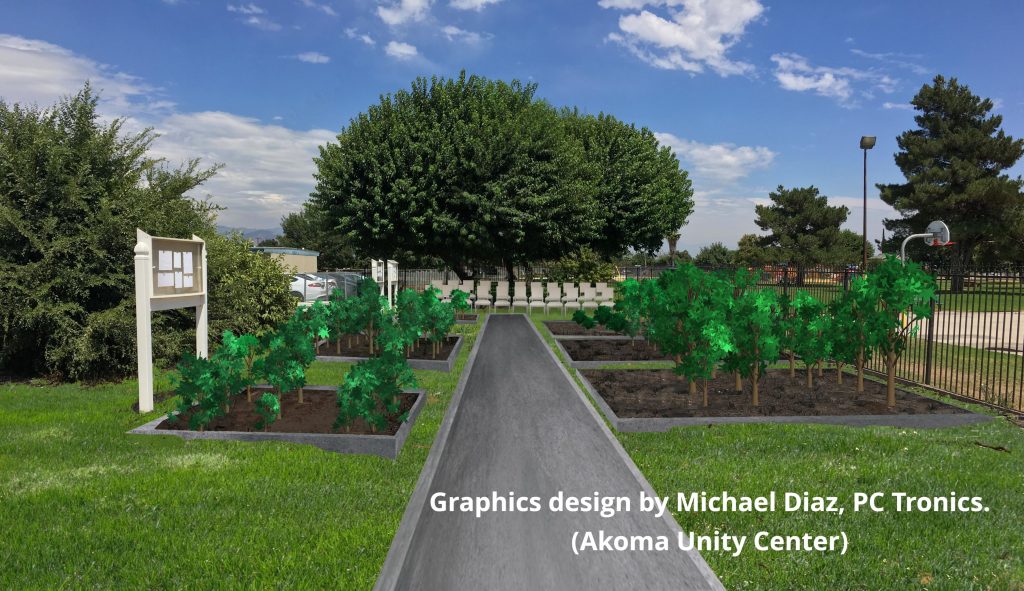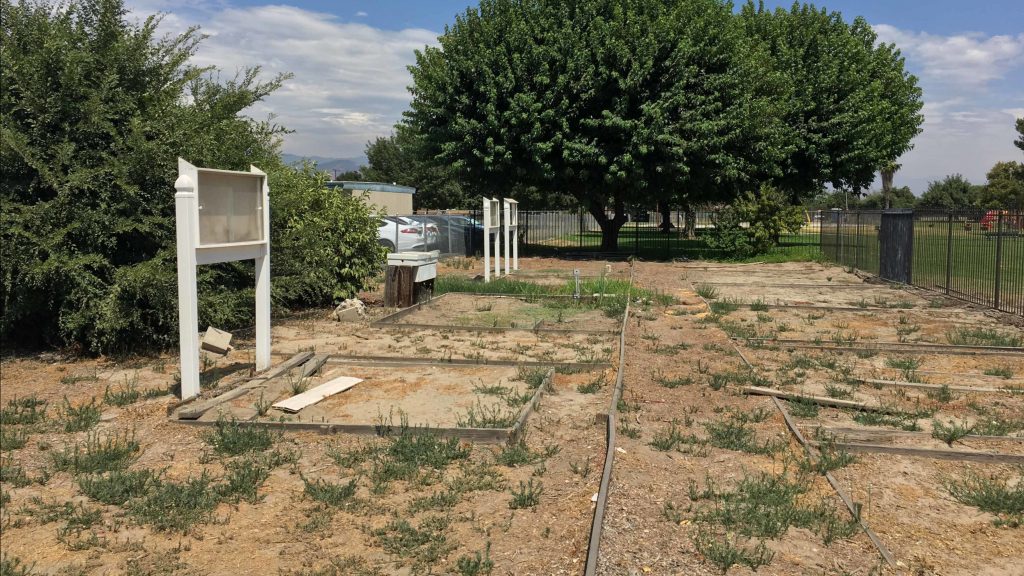For many sports fans, February means one thing: the Super Bowl. It’s the biggest sporting holiday and the most-watched TV event almost every single year. In fact, last year’s game drew more than 100 million viewers across TV and streaming services combined. With the Super Bowl less than a week away, football fans across the country are making plans for where and how they’ll watch it.
With wireless technology, streaming services have given fans a new way to watch and engage without a ticket to the big game. According to a study by Google, 30 percent of sports fans say they stream live sports on their smartphone or tablet and 80 percent of sports viewers say they use a computer or smartphone while watching live sports on TV to search for player stats, live scores, to message other fans or watch related videos. That means, wireless technologies can make sure you don’t miss any of the action.
Here are some helpful tips from T-Mobile
and Metro by T-Mobile for catching the best of this year’s Super Bowl between
the San Francisco 49ers and Kansas City Chiefs:
1. Know your video streaming
options
This year, the Super Bowl will air on the Fox network, which means fans with a
basic cable package will be able to watch it. For cord-cutters, there are
several streaming services like Hulu, YouTubeTV and FuboTV that offer
Fox as well as other channels like CBS, NBC and ESPN. Fans can also stream the
game on the Fox
Sports app via a Roku, Amazon Fire TV, or Apple TV.
Don’t forget – Super Bowl LIV airs at 6:30
PM Eastern / 3:30 PM Pacific this Sunday, February 2.
2. Video is only part of the
experience
Whether you’re glued to the couch or on the go, you’ll want audio that’s worthy
of the Hard Rock Stadium in Miami to complement the most exciting in-game
moments. If you’re not sure where to start, UE, JBL and
even LG make popular
Bluetooth speakers. And if you want to watch or listen to the game while out
and about, look into Bluetooth earbuds like the new Apple
Airpods Pro or the Samsung
Galaxy Buds.
3. Don’t let a poor internet
connection and/or data overage charges drive you crazy
Android
Central reports that 4K video streams use an average of 7.2
gigabites (GB) per hour.
That data use adds up quickly, especially if you’re not on an unlimited plan or
are part of the 80 percent of viewers who use multiple devices to stream
content.
For an optimal streaming experience, log
in to a Wi-Fi connection or get unlimited data for your mobile devices and
utilize a reliable, fast and high-quality connection.
4. Going to the game? Charge
up!
If you’re one of the lucky few to have tickets to the Super Bowl, make sure
you’re prepared. Remember to fully charge your devices pre-game and/or bring
a portable
battery so you can charge up if needed. Also, be familiar with
your wireless rate plan’s data limits if you plan to share pictures or videos
during the game. For aspiring sports photographers, consider a smartphone
camera accessory like the Miggo
Pictar, which turns your smartphone into a high-end DSLR camera to
help you get the best live-action snaps.
And if you have a 5G device—bring it! T-Mobile has 5G service in Miami so fans can share and stream highlights in near-real-time.
Prepare yourself for the full wireless experience—video, audio and a great internet connection—and you feel a part of the Super Bowl, even from your home.
 Westside Story Newspaper – Online The News of The Empire – Sharing the Quest for Excellence
Westside Story Newspaper – Online The News of The Empire – Sharing the Quest for Excellence


